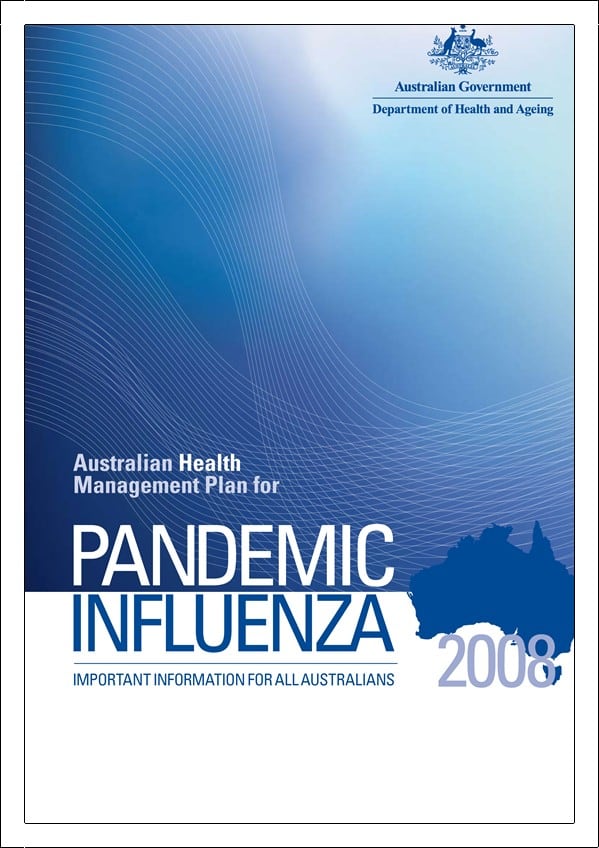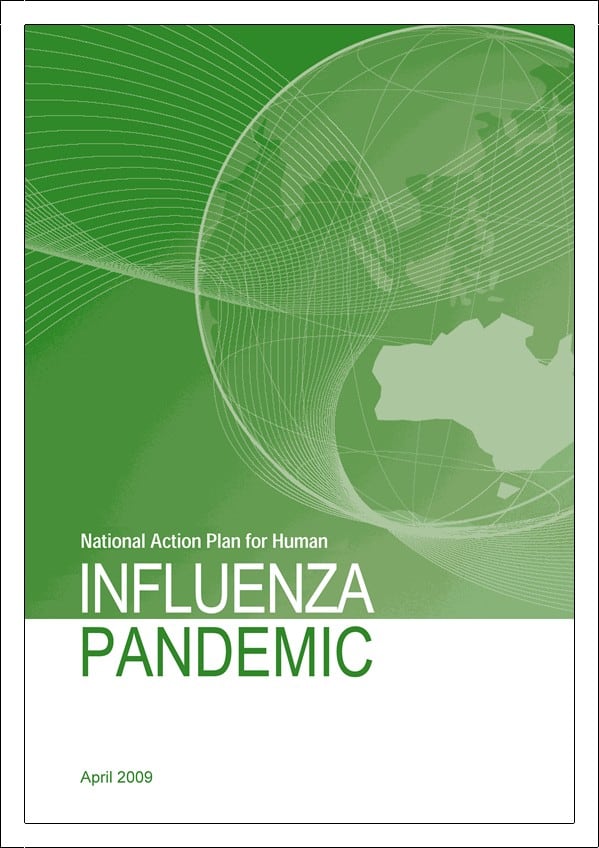In February 2009, BHP Billiton forecast a full-year production target of 130 million tonnes of iron ore. On 6 May 2009, the BHP president, Ian Ashby, has admitted that the company will be a “few million tonnes short”. The reason? Workplace deaths.
Ian Ashby was talking at a conference yesterday and pledged to improve safety however BHP, as has been pointed out in previous SafetyAtWorkBlog postings, has professed to place a high value on safety and its staff for some years. This is not a new issue for the company and that is what makes the statements of the president potentially hollow.
It is useful to look at the areas that Ashby has identified for additional attention for the implication is that this is where the OHS management system has been deficient. The measures to be adopted, according to media reports, include
- restricting access,
- improving traffic management, and
- suspending non-essential night-shift work.
In 2008 the spot price for iron ore had reached $US190 per tonne. In late 2008, the price fell to $US77 per tonne. BHP is currently negotiating prices for its iron ore so no accurate figure of value is available. But let’s allocate a conservative figure of 3 million tonnes to the Ashby quote above and perform a rough calculation for the cost of poorly managed OHS in BHP.
3 million x $US77 = $US231 million; or
3 million x $US190 = $US570 million
Following the economic crisis of 2008-09, shareholders are going to be less forgiving on corporate performance. This has already been seen on the issue of executive salaries but the BHP experience should have shareholders asking why the management activity has not kept up with the safety rhetoric and the corporate values. Because soon the poor safety practices in the outback mines of Australia will be hitting the shareholders’ pockets and they are justified in expecting answers form the executives.
The trap for shareholders is to forget the deaths of the workers and only hear the commitments of the executives for the future. Should one believe the future promises when the corporate values of safety have not been upheld in the recent past?
Note: an independent government review was undertaken and a report was handed to the government in early May. The report has yet to be released and may not be.
A spokesperson for the West Australian Dept of Mines & Petroleum has advised SafetyAtWorkBlog that the report into BHP was undertaken under Section 45 of the Act and therefore cannot be released unless in the course of a prosecution. However, just as has occurred with the Melick Report into the Beaconsfield Mine collapse, there is always hope.


 The trap for producing localised guides is that recommendations may be made that are out-of-place, difficult to implement and, ultimately, question the credibility of the document. WorkSafe fell for this trap by specifying some recommendations for the legitimate control measure of “social distancing”.
The trap for producing localised guides is that recommendations may be made that are out-of-place, difficult to implement and, ultimately, question the credibility of the document. WorkSafe fell for this trap by specifying some recommendations for the legitimate control measure of “social distancing”. The guide does recommend social distancing as part of a risk management process but “prohibiting handshaking, kissing and other physical contact in the workplace”? “Discontinuing … informal spontaneous congregations”?
The guide does recommend social distancing as part of a risk management process but “prohibiting handshaking, kissing and other physical contact in the workplace”? “Discontinuing … informal spontaneous congregations”? Recently I wrote an article for
Recently I wrote an article for 